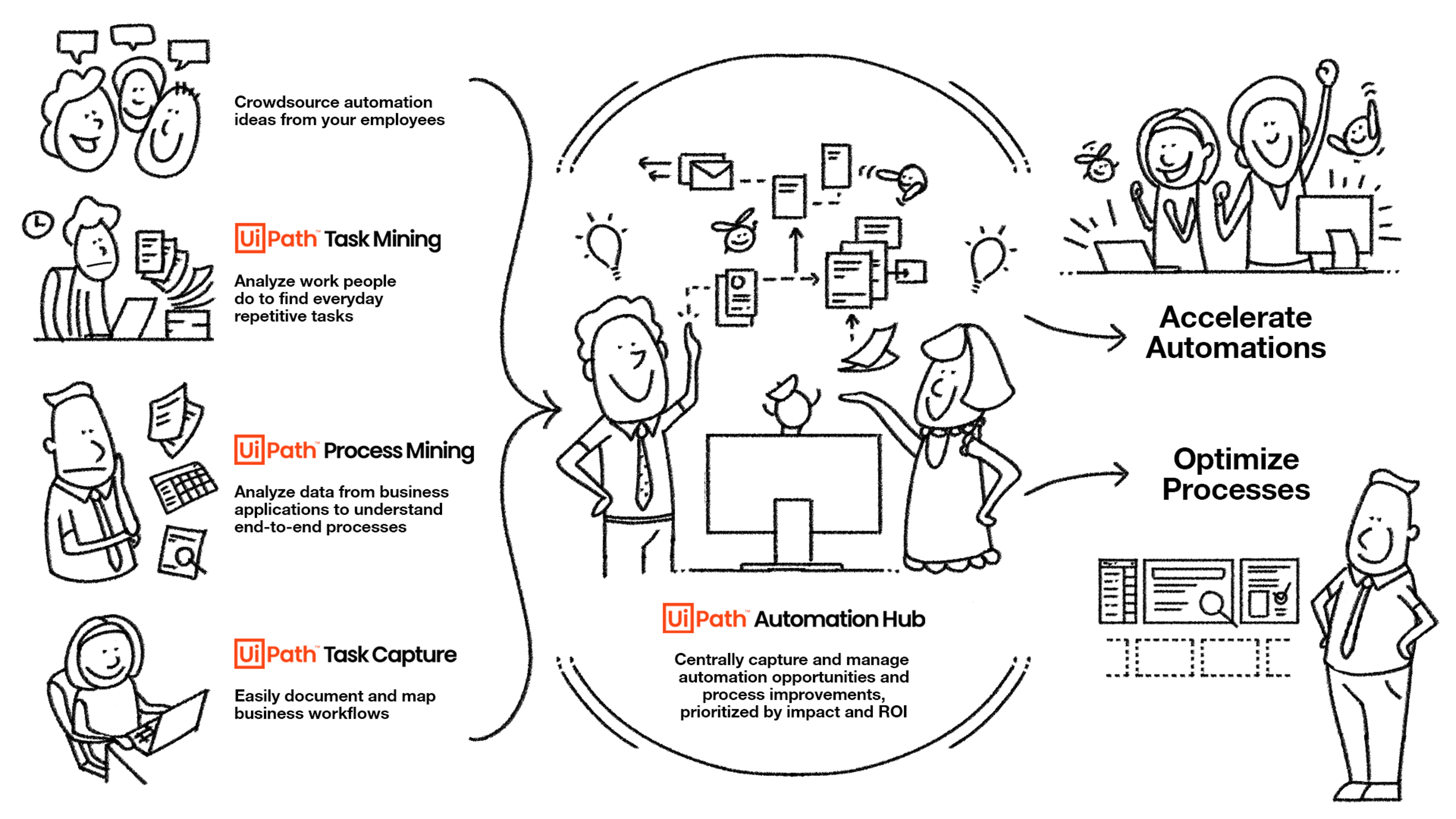How BPO Leaders Can Use Automation to Improve Market Share

Large enterprises historically have considered business process outsourcing (BPO) as a lever to achieve cost efficiency. With outsourcing being predominant in the financial industry in the last two decades, the BPO industry has matured and established digital operating models across front-office and back-office processes.
The industry is growing at a fast pace at nearly $230 billion in value. But with multiple BPO service providers competing for the same customers, are you struggling to retain client relationships?
Businesses around the world in the last year have had to fast-track digitizing their business processes, reform business models, and explore alternatives in their business strategies. Such changes created a massive shift in the core business operations for most companies, which in turn also started exploring transformation in their outsourced operations.
Related read: New Normal, New Pressures: Automation's Five Areas of Impact
Working toward productivity gains through cloud and analytics alone means offshoring projects are falling short. The result is BPOs’ customers are renegotiating contracts or launching competitive bids to find alternatives.
To respond to increased customer expectations, if you need to quickly reinvent your service model, what are your options?
Differentiating with automation
Robotic process automation (RPA) is a software technology that makes it easy to build, deploy, and manage software robots that emulate human actions by interacting with digital systems and software. Just like people, software robots can do things like understand what’s on a screen, complete the right keystrokes, navigate systems, identify and extract data, and perform a wide range of defined actions.
RPA streamlines workflows, which helps make organizations more profitable, flexible, and responsive. It also increases employee satisfaction, engagement, and productivity by removing mundane tasks from their workdays.
RPA is noninvasive and can be rapidly implemented to accelerate digital transformation. And it’s ideal for automating workflows that involve legacy systems that lack APIs, virtual desktop infrastructures (VDIs), or database access. It has come to the rescue of many businesses by allowing them to transform at speed and create significant impact through RPA-enabled business processes.
RPA works for almost all scenarios with repetitive steps. If the task has a massive data history, adding artificial intelligence (AI) to RPA augmentation can further boost the outcomes.
BPO organizations are finding that automation is not a new concept to their customers; many are using it extensively in their operations. One of our BPO customers, WNS, has helped its customers reduce operational costs by transforming outsourced operations through RPA and AI. WNS believes in enabling automation at scale and the company has successfully delivered industry-specific automation for key customers, including:
A logistics company
Contact center at a fast-moving consumer goods (FMCG) client
Finance and accounting departments at a minerals company
Read the full story about WNS and their automation journey.
Getting started with automation
We hear from BPOs that are interested in starting automation but aren’t sure which processes to automate first. Our task mining technology can help you identify which processes would provide the greatest impact when automated. UiPath Task Mining is one of several products we refer to as “discovery” tools:

You can start with automation pilots for a couple of customers in each of your key verticals. Scale and pace of embedding automation in every customer contract is the key to differentiating from your competition. Think of it as your 'secret sauce' to expand your market presence.
Do you specialize in finance and accounting (F&A), contact centers, or other specific domains? If yes, creating automation offerings across all processes in the domain you specialize in could be a value proposition. Customers could consider you not only as a domain specialist, but also as a leader in technology-enabled delivery for that domain.
For customers that have had long-standing contracts with you, leverage historical operational data to create machine learning models. Those models augment automation solutions with artificial intelligence (AI), allowing you to add another layer of efficiency to your overall service portfolio.
Related read: AI Just Got Easier: UiPath Starter Models to Automate More Complex Processes
If you are ready to enable your BPO workforce with ‘a robot for every person™,’ you could rebrand your service offering as a fully automated delivery model. Along with creating long-term ROI, this can help you differentiate your organization as a digital leader in the outsourcing space. It would make sense to introduce this at the highest level of leadership. And also encourage participation from all your team members to not only use digital assistants but also be empowered to build automation themselves as citizen developers. This creates a cultural shift across your company and transforms the way you operate to deliver digitally enabled services to your end clients.
Many large BPOs like Firstsource have been successful in creating a digitally enabled workforce with digital assistants.
Reach out to our BPO team to learn more about how leading BPO companies are using automation to differentiate themselves from competitors.

Director, Customer Success, UiPath
Get articles from automation experts in your inbox
SubscribeGet articles from automation experts in your inbox
Sign up today and we'll email you the newest articles every week.
Thank you for subscribing!
Thank you for subscribing! Each week, we'll send the best automation blog posts straight to your inbox.



